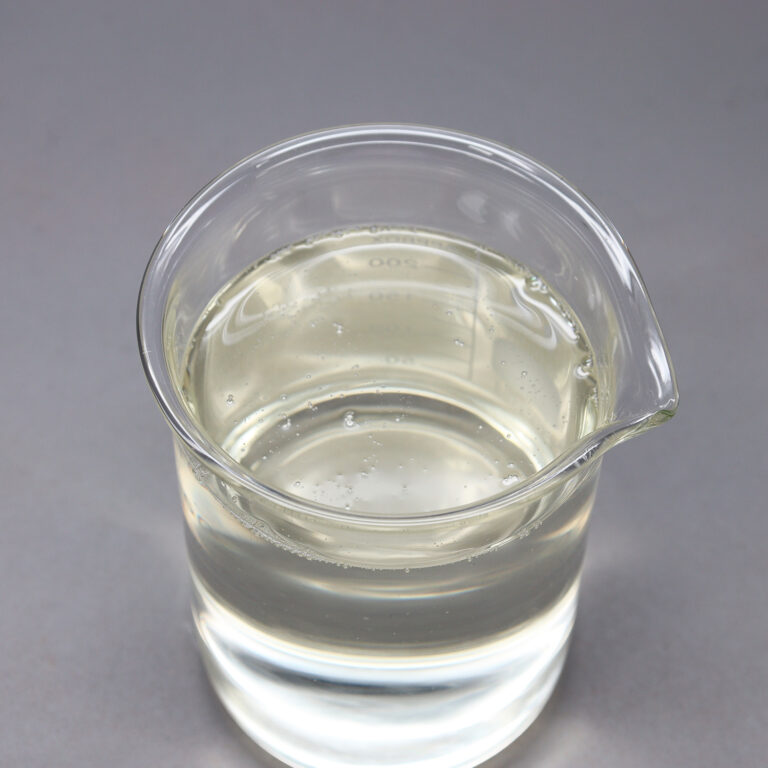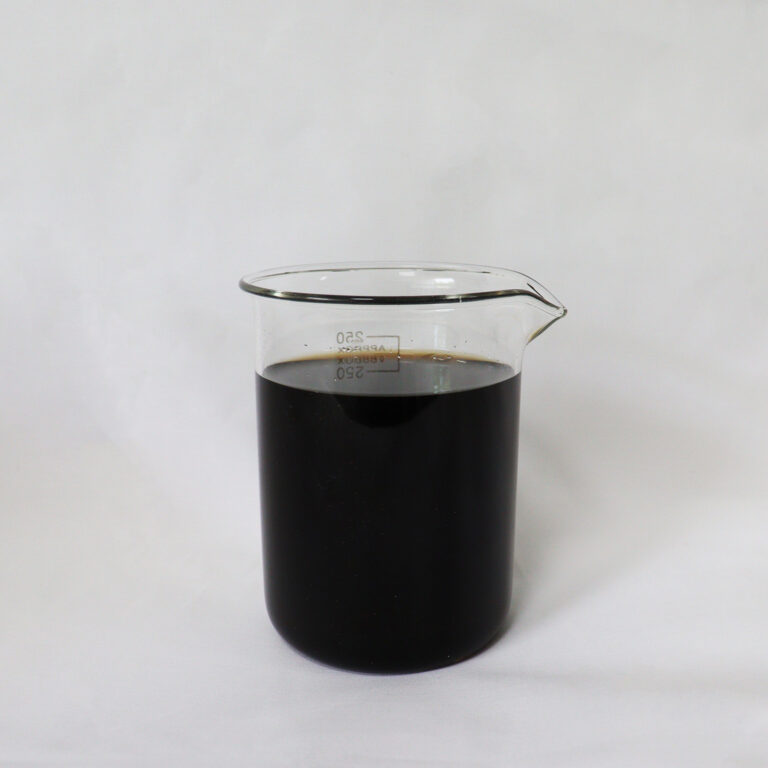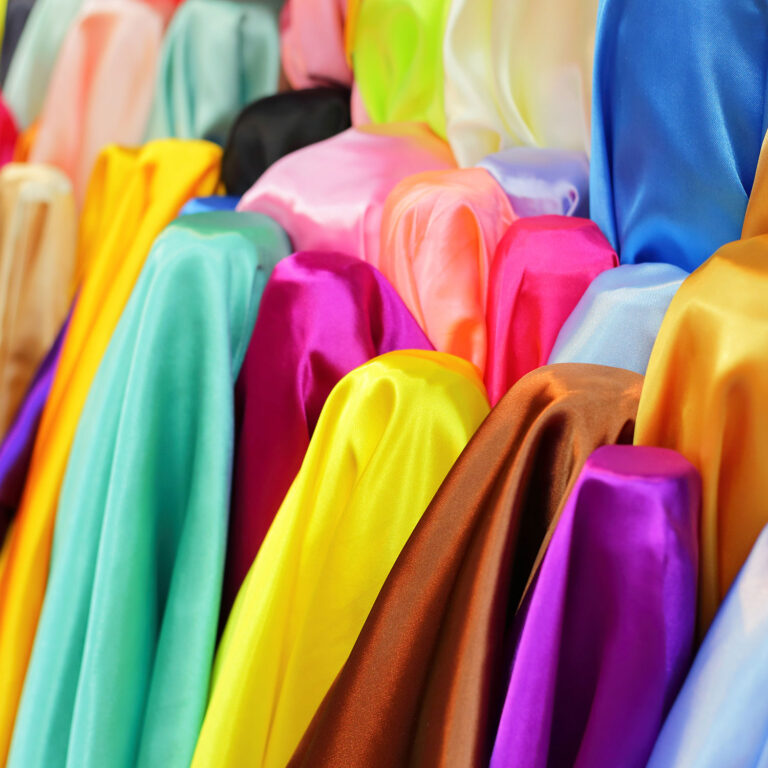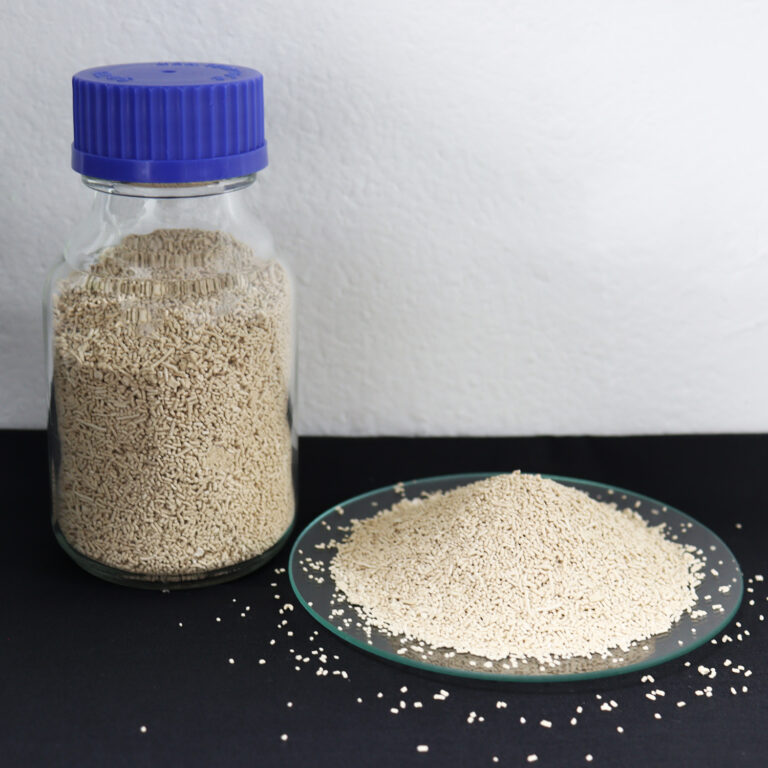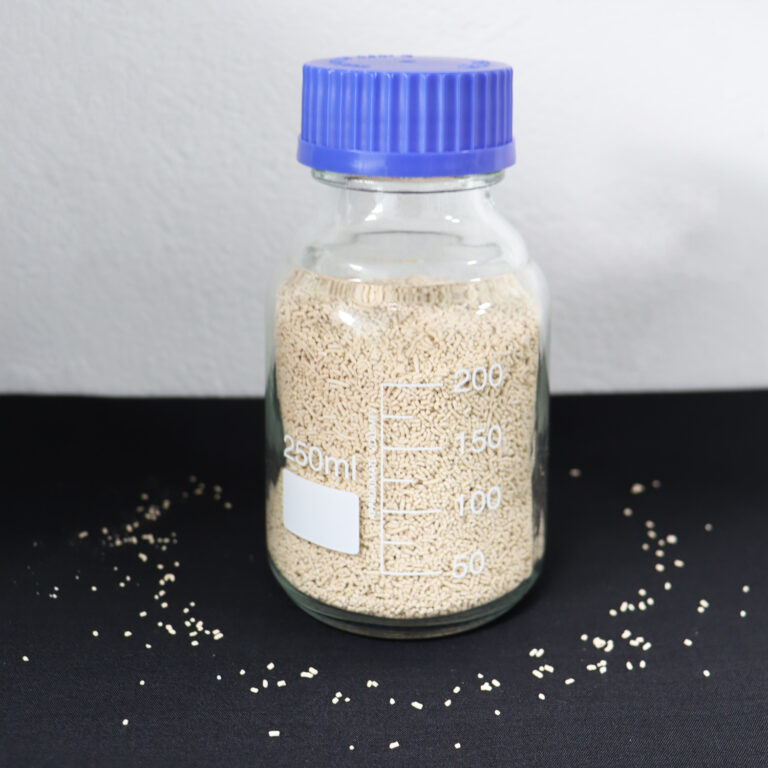In today’s fast-paced textile industry, fabric finishing must balance performance, efficiency, and cost. A key decision point lies in choosing between silicone softener beads and liquid silicone softeners. Both enhance the softness, drape, and tactile properties of fabric—but which one is better for mass textile processing?
This comparison will help textile mills, importers, and manufacturers understand the pros and cons of each form and choose the right textile softening agent for large-scale production.
What Are Silicone Softener Beads?
Silicone softener beads are solid or semi-solid softeners, typically appearing as uniform particles. These beads are dispersed in water before application and are especially valued for their high concentration, long shelf life, and eco-friendly packaging.
Key Features:
- Easy to store and transport
- Long-term stability without microbial growth
- Reduced packaging waste
- Lower shipping costs (less water weight)
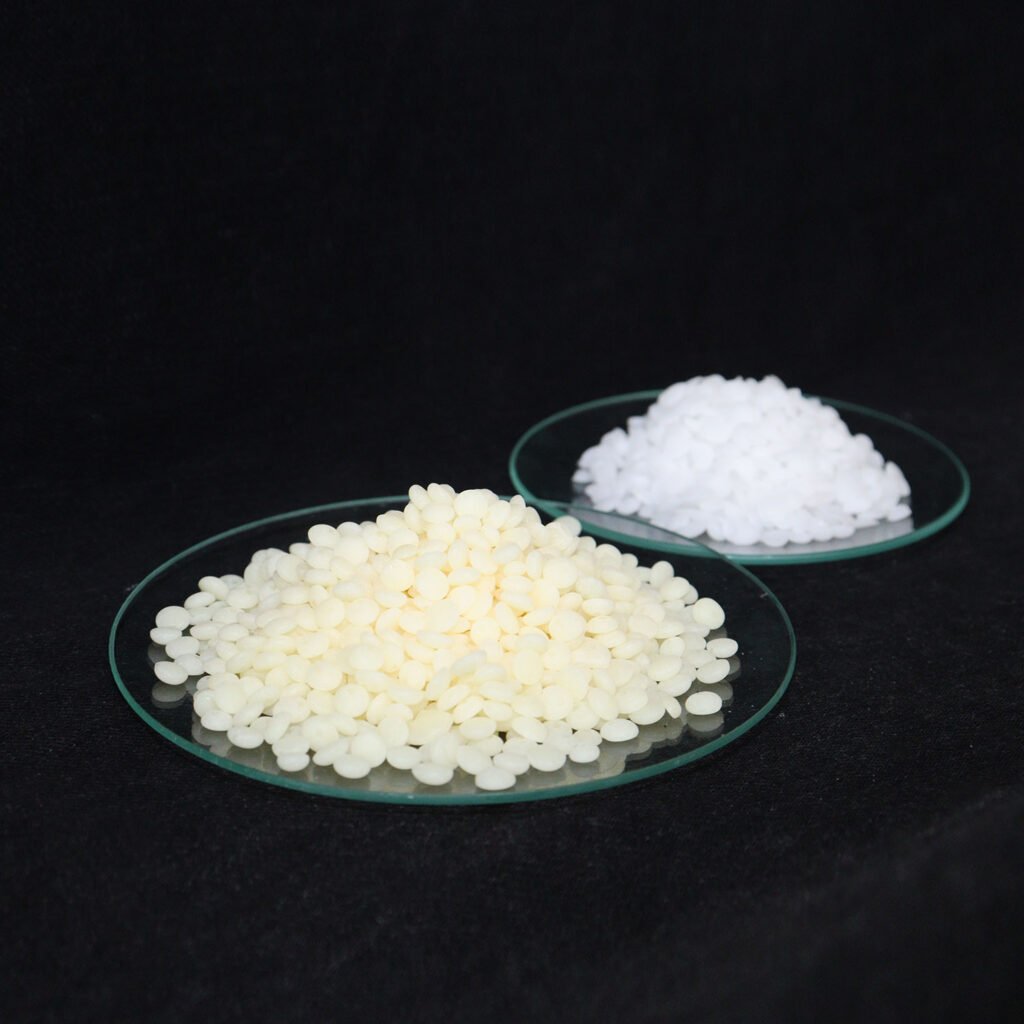

What Is a Liquid Silicone Softener?
A liquid silicone softener is a pre-emulsified formulation, either in macro or microemulsion form. It’s ready to use and widely adopted in both exhaust and pad finishing systems.
Key Features:
- Easy to dilute and apply
- Well-dispersed, ensuring uniform fabric coverage
- Ideal for standard finishing lines without extra prep steps
- Available in cationic, nonionic, or blocked types
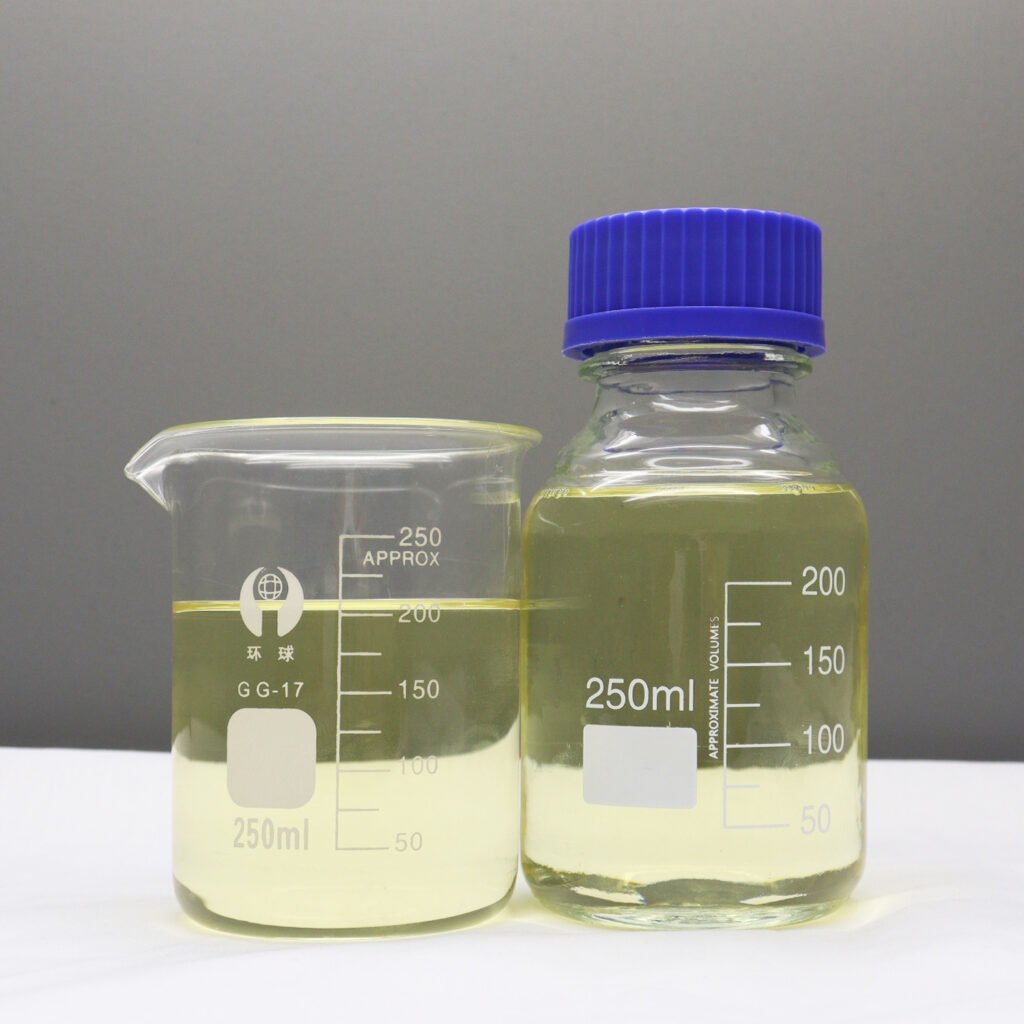

Bead vs. Liquid: A Detailed Comparison
| Feature | Silicone Softener Beads | Liquid Silicone Softener |
|---|---|---|
| Storage & Shelf Life | Excellent (12–18 months, moisture resistant) | Good (6–12 months; risk of microbial growth) |
| Transport & Handling | Lighter weight, less volume | Heavier (contains water) |
| Preparation Time | Needs dispersion before use | Ready-to-use |
| Application Compatibility | Requires pre-mixing, suited for custom setups | Compatible with existing pad/exhaust lines |
| Concentration | Highly concentrated, low dosage | Medium concentration |
| Eco Impact | Less packaging and water usage | More plastic and liquid waste |
| Cost Efficiency (Bulk) | Lower shipping/storage cost, less space | Slightly higher logistics cost |
| Customization | Easier to adjust formulation | Often pre-formulated, limited flexibility |
Which One Is Better for Mass Fabric Processing?
Choose Silicone Softener Beads If:
- You have an in-house lab or technical team for pre-dispersion
- You want to reduce transportation and storage costs
- You prioritize sustainability and minimal packaging waste
- You’re managing multiple softener variations (custom blends)
Choose Liquid Silicone Softeners If:
- You need a plug-and-play solution with minimal prep
- Your production line prefers convenience and speed
- You’re processing small batches or frequently changing fabric types
- You need a consistent, pre-validated formula from your supplier
Can Both Be Used in the Same Factory?
Yes. Many large finishing mills use both, depending on the fabric type, finishing process, and customer requirements. For example:
- Beads for standard cotton production
- Liquids for high-end blends or quick-turnaround orders
Choosing the right form can improve machine efficiency, reduce waste, and enhance the final textile quality.
Final Thoughts: Which Is Right for You?
Both forms have their place in modern textile manufacturing. Silicone softener beads offer long-term cost savings and sustainability for mass production, while liquid silicone softeners provide ease of use and operational speed.
The best approach? Work with a supplier that offers both—and can help you evaluate the best option based on your production goals.
Work with a Trusted Silicone Softener Manufacturer
Meixin Biotech Co., Ltd. supplies high-performance silicone softener beads and liquids for fabric finishing, including:
- Amino silicone softeners
- Hydrophilic silicone agents
- Customizable and eco-friendly formulations
Need samples or technical support?
Email: connie.huang@meixinbiotech.com
Softening Auxiliaries Articles
How Fabric Softener Flakes Improve Hand Feel in Garment Finishing
Silicone Softener Beads vs. Emulsions: Pros and Cons for Textile Finishing
Softergent Flakes vs. Liquid Softeners: Which Should You Use?
Top 5 Applications of Silicone-Based Softeners in Modern Textile Processing
How Silicone Softening Beads Improve Fabric Feel and Process Efficiency
Silicone Fabric Softener vs. Traditional Softeners: Which Is Better?
What Is a Silicone Softener for Textiles? Benefits, Types & Applications
Understanding Fabric Softener Flakes: Types, Usage & Key Advantages
Does Silicone Softener Affect Color Fastness? Application Tips for Garment Dyeing
How to Apply Silicone Fabric Softeners in Dyeing & Finishing Processes
Where to Buy High-Quality Silicone Softener for Textiles (2025 Guide)
How to Choose the Right Silicone Fabric Softener for Cotton, Polyester & Blends
Top Exporters & Manufacturers of Silicone Softening Beads in China
Understanding Fabric Softener Flakes and Their Role in Textile Care
Is Bead-Type Softener Suitable for Export? 5 Key Questions + Packaging, Storage & Transport Tips
5 Key Questions to Ask Before Buying Silicone Softeners for Garment Production
How High-Concentration Softeners Help Garment Factories Reduce Production Costs
Bead vs. Liquid Silicone Softeners: Which Is Better for Mass Fabric Processing?
Eco-Friendly Silicone Fabric Softeners: Are They Worth the Switch?
FAQs About Silicone Softener for Textiles: Everything Importers Need to Know


